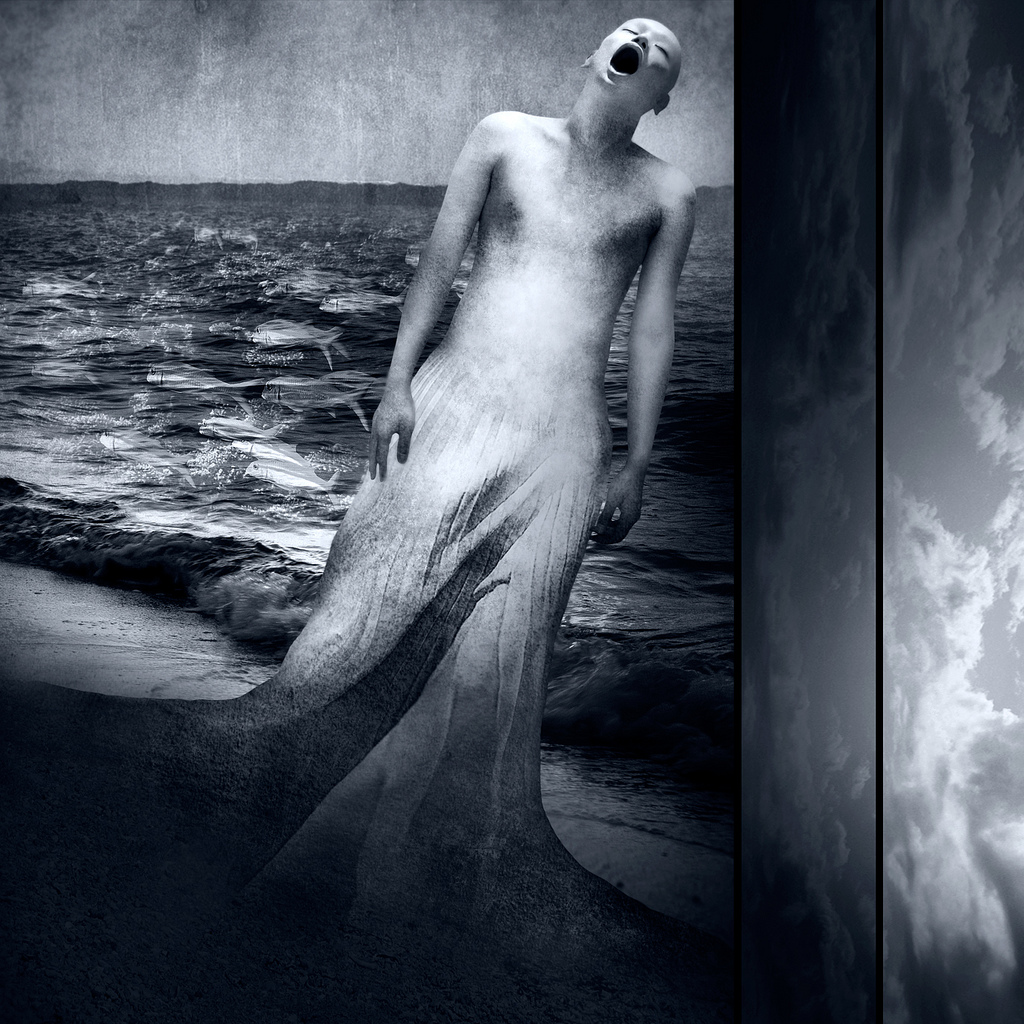
Juuke Schoorl
Liquid Skin
‘Liquid Skin’ is a visual research towards the changing boundaries between the physical world of the human body and the digital world. By borrowing techniques found in touch screen technologies, but instead of following the cold underlying logic of present day devices, it proposes a situation where this border becomes liquid and sensual with an emphasis on the fluidity of touch and movement. Turning the skin itself into a medium of visual expression without the constraint of the technical grid.









